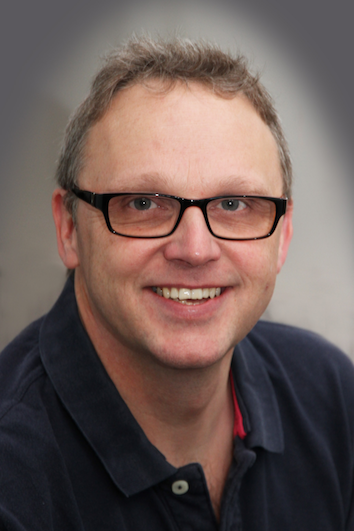
Professor John Bridgeman BEng MSc PhD CEng CSci FICE FCIWEM FIMA
JW Hughes Chair of Engineering and Head of Department Civil and Environmental Engineering
- Work email John.Bridgeman@liverpool.ac.uk
- About
- Research
- Publications
- Teaching
- Professional Activities
Research
Computational water engineering
The overarching aim of the computational modelling work has been to recognise the direct link between water and energy, and to develop novel modelling methods to optimise the balance between energy in water and wastewater treatment and the final product quality. My research in this area began with the development of computational fluid dynamics (CFD) models of treatment processes, which I then extended into lattice Boltzmann modelling, and coupled CFD/discrete element models.
The work has considered flocculation in water treatment to assess floc strength; multiphase modelling of non-Newtonian fluids in anaerobic digesters in order to optimize biogas recovery and renewable energy generation; analysis of air blower performance in multiphase activated sludge plant modelling at wastewater treatment works with a view to reducing the carbon footprint of operation; and the prediction of leakage from buried pipes to reduce wastage.
Simulation work also incorporates water resource planning, using probabilistic weather generator information to determine the range of potential impacts on hydrology within water-stressed catchments over various time horizons, to assess the probabilities of water shortage as a result of these changes, and to quantify robust policies available to resource managers. Further work has developed simulation tools to minimise cost and energy consumption of water treatment according to raw water input (including climate change scenarios), performance, and risk, using a partially dynamic model, genetic algorithm and Monte Carlo simulation.
Water quality assessment and management
Here, my work has focused on natural organic matter (NOM) and disinfection by-products and their increasing prevalence as a result of climate change. The approach has been to further our understanding of NOM character in water, to develop relationships between character, reactivity and treatability, and to apply those relationships in innovative ways for maximum impact and thereby increase the resilience of water treatment assets to changing water quality.
Included in this work is the development and evaluation of innovative fluorescence spectrophotometric instruments and techniques for use as real-time water quality sensors, making them suitable for process control. This work has direct impact on humanitarian aid efforts as a tool for determining water quality in areas of poor sanitation, such as refugee camps and informal settlements.
River flow
I also undertake work in river hydraulics to examine the effects of turbulent flow on shear stress distributions in channels, combining physical and numerical modelling with extensive fieldwork measurements. This includes an assessment of the potential of in-stream Large Woody Debris (LWD) for enhancing the nutrient (nitrogen and carbon) attenuating potential of UK lowland rivers. Specifically, my work applied LBM in a hydrological sciences context for the first time to reproduce bedform-induced hyporheic exchange flow and so analyse the impacts of LWD on hyporheic cycling, residence time distributions and nutrient turnover.